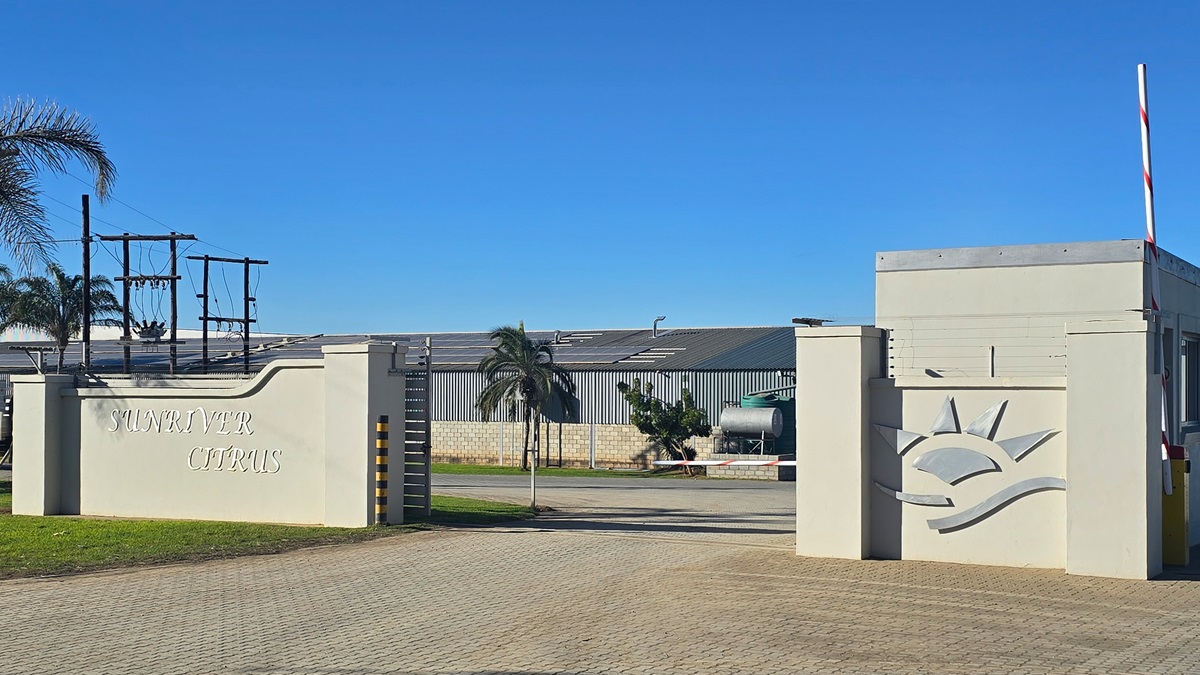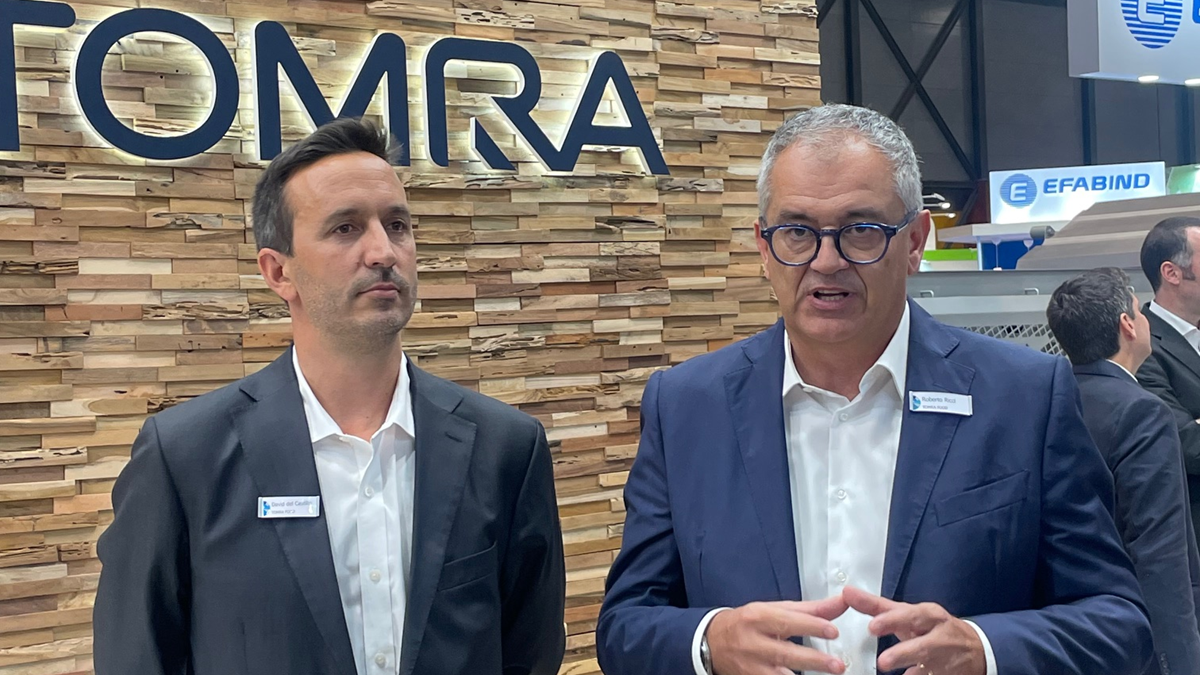Conditioning , Processing
How nut processors can gain from the latest sorting technologies
It?s not easy for nut processors to ensure food safety or meet customers? product specifications. For one thing, foreign material and shell fragments can get into the processing line?s product stream. For another, nuts can be damaged by both by external and internal defects which can be almost impossible to detect. There?s also the risk posed by allergens if one type of nut should unintentionally get mixed with another. Yet all of these threats have to be eliminated to protect processors and retailers from product recalls and reputational damage. If this makes nut processing sound like Russian Roulette, the good news is that it?s possible to remove all the bullets! This is achievable thanks to the extraordinary effectiveness of state-of-the-art optical sorting machines. What?s more, today?s sorting solutions deliver a multitude of other benefits: they grade to specification, minimize false rejects,
01 March, 2023
Its not easy for nut processors to ensure food safety or meet customers product specifications. For one thing, foreign material and shell fragments can get into the processing lines product stream. For another, nuts can be damaged by both by external and internal defects which can be almost impossible to detect. Theres also the risk posed by allergens if one type of nut should unintentionally get mixed with another. Yet all of these threats have to be eliminated to protect processors and retailers from product recalls and reputational damage. If this makes nut processing sound like Russian Roulette, the good news is that its possible to remove all the bullets! This is achievable thanks to the extraordinary effectiveness of state-of-the-art optical sorting machines. Whats more, todays sorting solutions deliver a multitude of other benefits: they grade to specification, minimize false rejects, increase removal efficiency, reduce or eliminate the need for manual intervention, help solve the problem of labor (scarcity, cost, effectiveness), reduce downtime, and provide data about the product being sorted. Through all of these capabilities, sorters improve sustainability by cutting food waste while enhancing yields and profits. Here we take a brief look at how sorters achieve all this. We spotlight their capabilities with four popular types of nut to see the sorting solutions offered by industry-leader TOMRA Food. By looking first at almond processing, we introduce and explain the technologies applicable throughout the various stages of almond processing. We will also examine how sorters operate effectively on lines handling walnuts, hazelnuts, and peanuts.Different sorters for different tasks As harvested nuts are hulled, shelled, then processed, different sorting solutions are needed to perform various tasks. Sorting machines initially take care of fairly basic requirements, but as the nuts progress along the line towards storage or packaging, the sorters become more sophisticated and specialized in their focus. The process for almonds is a good example of this. The first challenge with almonds, the removal of foreign material, hull and shell, is one the huller-sheller typically deal with. A highly detailed inspection isnt needed at this initial stage, but it is desirable to sort out the bigger pieces of unwanted material, hull, sticks and shells, and to do this at a fast rate. The machine best suited to this task is the TOMRA 3C, a free-fall machine capable of sorting more than 20 tons of nuts per hour. This eliminates foreign materials, including hull, stone, shell, stick, and all the most common defects, with an incredible efficiency of 99.5%+ purity. A second check for foreign materials and kernels is made when the almonds reach the processor - and the more thats sorted out at this early stage, the less there will be to do later. This next task is handled by TOMRAs Ixus Bulk sorter, a belt machine capable of unrivaled throughput. The Ixus employs the latest x-ray and imaging technology to detect and eject materials such as stones, glass, rocks, and high-density plastics. The relentless search for impurities continues in the next step, with the sorter now looking for smaller and less dense foreign materials. Plastics might still be found at this stage, but most unwanted objects are now likely to be natural materials such as shell, hull, peewee inshell, and small sticks, or allergens arising from cross-contaminated products - pistachio in an almond line, for example. The machine that performs this task is the TOMRA 5C, a premium optical sorter explicitly developed for nuts and dried fruit, recently launched as the successor to the TOMRA Nimbus. The TOMRA 5C is typically equipped at this point in almond processing with a single laser scanner plus a single BSI+ scanner uniquely capable of seeing the biometric characteristics of materials on the line, using two different technologies to ensure removal of all types of foreign material. Checking biometric characteristicsFor the third sorting stage at the almond processor, the TOMRA 5C is used again - and now that its equipped with two Biometric Signature Identification (BSI+) scanners, this machine shows its remarkable ability to find hard-to-see and nearly invisible defects: insect damage, pin-hole, gummy, mold, brown spot, and shrivel. Though nuts with these defects are removed, they will be recovered for sale for other uses. Most defects at this stage are inedible and will be used in oils for cosmetics. It is possible to find all these defects because TOMRAs unique BSI+ technology scans materials with both near-infrared (NIR) and visible spectrum wavelengths. This instantly compares the biometric characteristics of objects to features stored in a database to determine whether they should be accepted or rejected. This technology can also detect and reject other critical nut defects such as rancidity, decay, mold, allergens, and water and oil content. Even this isnt the last of the checks. After the almonds have been mechanically sorted according to size, they will once again be run through a TOMRA 5C, this time with full-option double laser scanners and double BSI+ scanners, looking for the most difficult to remove, very small defects such as pinhole and embedded shell. Immediately before the nuts are shipped to market, they will be checked one more time, for cosmetic imperfections such as chips and scratches. This is done by the TOMRA 5B, a belt machine that combines 360-degree surround-view technology with advanced shape algorithms for object processing. This sorter is ideal for the targeted identification of individual defects in high-volume production flows. The defect in this case is purely cosmetic and the rejected product will retain its delicious taste and high nutritional value in manufactured products. Walnuts also subjected to multiple checksWalnuts are sold in so many different sizes, grades, and product types that they are the most complicated of all nuts to process. Booming global demand for walnuts creates a need to process them in ever-greater quantities, while consumers are simultaneously raising their expectations of product quality and food safety. This is seen in product specifications getting stricter: not so long ago it was acceptable for a ton of nuts to contain up to 20 pieces of shell, but today many wholesalers insist on there being no more than five pieces per ton - or in some cases, fewer than one. To achieve these standards, walnuts, like almonds, are typically passed through sorters six times or more. Thorough sorting also enables the recovery of nuts rejected as whole foods to be used for food ingredients, for their oils, or the cosmetics industry. In the first stage, before cracking, the huller will put the walnuts through the Ixus Bulk x-ray sorter to remove foreign materials which could damage the shelling equipment. After sizing and shelling, the nuts are passed through a TOMRA 3C optical sorter at high capacity to remove shell fragments. Then the TOMRA 5C (or its predecessor, the Nimbus) works its magic no fewer than three times, before a final inspection is made by the TOMRA 5B. TOMRAs ability to handle the product gently is critical in walnuts because they are quite fragile and breakage will reduce their value. On the first run through the TOMRA 5C, when the machine is equipped with double-sided BSI+ scanners, a search is done for foreign materials, allergens, shell pieces, and shells within the walnut. On the second run, using a high-resolution double-sided laser and a single BSI+ scanner, the sorter detects and ejects hard-to-find product defects such as rancidity, mold, septa, shriveled nuts, and dark (red or black) nuts. On the third run, with the TOMRA 5C now seeing through a double-sided laser and single BSI+ scanner, the product is graded according to color and assessed to ensure compliance with the customers specification (for example, perhaps a maximum of three pieces of shell per ton is permitted). Then in the final step before distribution, the walnuts are inspected by the TOMRA 5B for grading by shape and perhaps also by color. Hazelnuts are not much easierWith hazelnuts, ensuring food safety and product quality is equally complicated. These nuts are usually hand-picked but processors will still need to remove many of the same defects such as stones and other foreign material. Hazelnuts will be run through a TOMRA 3C before cracking, to remove unwanted items such as sticks, stones, and loose kernels, then re-sorted to separate the loose kernels from the sticks and stones. Another TOMRA 3C is used after cracking, focused mainly on the shell pieces generated by the cracking process. After this, there is the more intensive part of hazelnut sorting. The TOMRA 5C (or its predecessor, the Nimbus) is used at least twice, with some processors choosing to send the ejected product to another TOMRA 5C to recover whats saleable at a lower grade. Both these inspections are made with double-sided BSI+ scanners (and perhaps also a high-resolution laser), to find and remove product imperfections such as mold, shrivel, oblong, and cimiciato insect damage. Only by using TOMRAs unique Biometric Signature Identification technology is it possible to find such damage. Finding the deadly toxin hidden in peanutsOf all the threats faced by nut processors, potentially the most challenging can be hidden inside peanuts. This is aflatoxin, a naturally occurring mycotoxin which its important to remove. Produced by certain Aspergillus molds (fungi) on plants such as corn and grain, or more commonly in the ground, this toxin usually develops in the field - and because it tends to occur in hot spots, test samples dont always find it. But TOMRAs Detox Machine does. This special design, incorporated in the TOMRA Nimbus machine, makes it possible to identify the extremely low intensity of light reflected by aflatoxin producing mold in peanuts and remove them. This extraordinary capability has the power to save peanut processors and retailers from the kind of product recalls that bring brands to their knees. With sorters, its mission accomplishedAlthough TOMRAs sorting technologies are sophisticated, all are designed to be easy to use. Whats more, these machines are remotely controllable and easily networked, and some even possess self-learning abilities to refine their sorting accuracy continually. As a result, false rejection rates are low, yields are high, and nut processors are empowered to conquer even the most daunting of operational challenges.











